Description
Industrial fans and radiators play important roles in industrial, commercial, and household fields, each with their own unique characteristics and uses.
Industrial fan
Definition and purpose
Industrial fans are mainly used for ventilation, cooling, and air circulation in industrial sites. They typically have large blades and power, capable of generating strong airflow to meet the ventilation needs in industrial environments.
type
Axial flow fan: The airflow direction is parallel to the rotation axis of the fan blades.
Centrifugal fan: The airflow direction is perpendicular to the rotation axis of the fan blades.
Mixed flow fan: Combining the characteristics of axial flow and centrifugal fan, it has a wide range of applications.
characteristic
High air volume: Industrial fans are usually able to generate a large amount of air to meet the ventilation needs of large areas.
Durability: Made with high-quality materials and craftsmanship, it has high durability and reliability.
Adjustable: Many industrial fans have speed regulation function, which can adjust the wind speed according to actual needs.
Application scenarios
Industrial fans are widely used in large places such as factories, warehouses, sports halls, exhibition halls, as well as agricultural greenhouses, breeding farms, and other environments that require ventilation and cooling.
radiator
Definition and purpose
Radiators are mainly used for heat dissipation, transferring heat from devices or systems to maintain their normal operating temperature. They are widely used in fields such as computers, servers, communication equipment, and automotive electronics.
type
Air cooled radiator: The heat is carried away by the airflow generated by the fan.
Water cooled radiator: uses water circulation to take away heat and dissipate it into the air through the radiator.
Heat pipe radiator: Utilizing the heat conduction characteristics of heat pipes to transfer heat from the heat source to the radiator.
characteristic
Efficient heat dissipation: The radiator can quickly transfer heat and maintain the normal operating temperature of the equipment or system.
Silent design: Many radiators use silent fans or noise reduction technology to reduce noise pollution.
Easy to install and maintain: Radiators typically have the characteristic of being easy to install and maintain, making it convenient for users to replace and clean.
Application scenarios
Heat sinks are widely used in computer hardware (such as CPUs, GPUs, etc.), servers, communication equipment, automotive electronics, and other fields, as well as industrial equipment and systems that require heat dissipation.

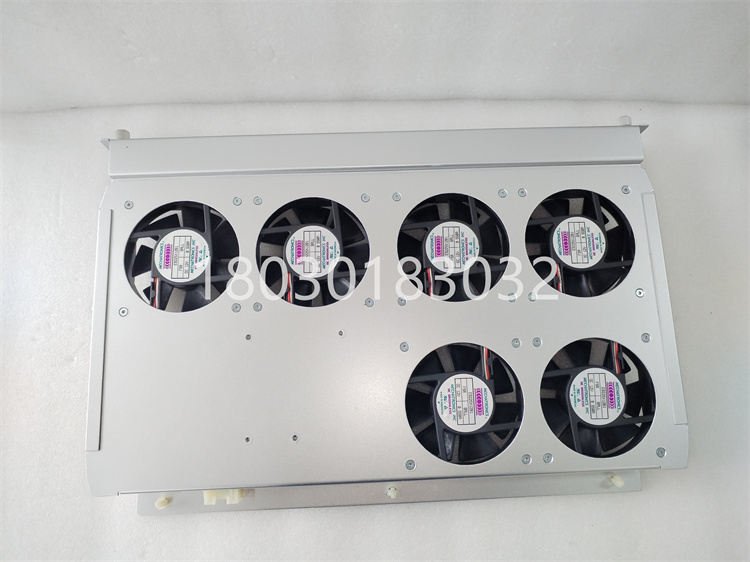
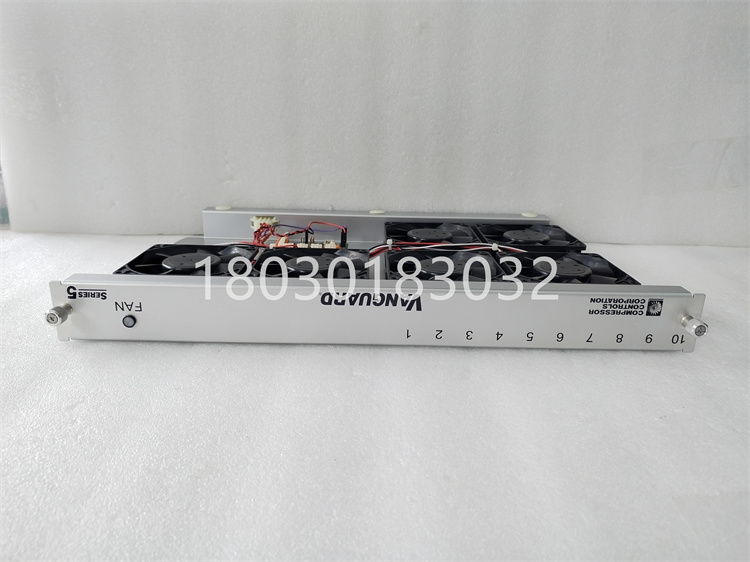
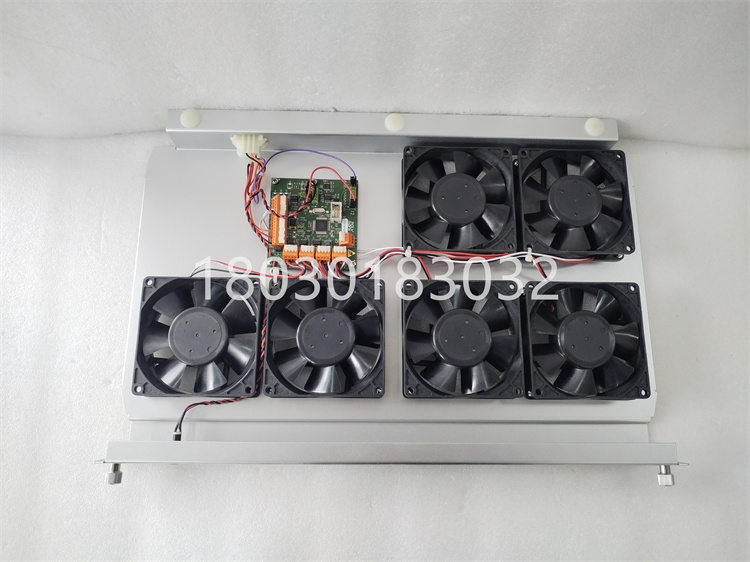
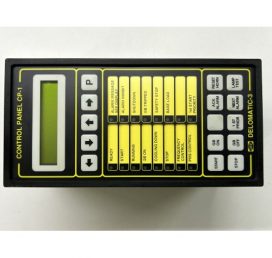
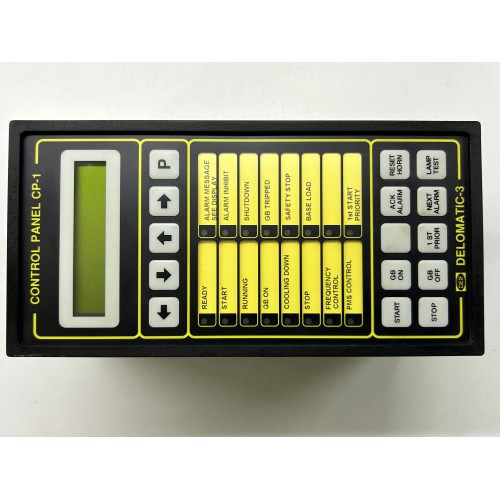
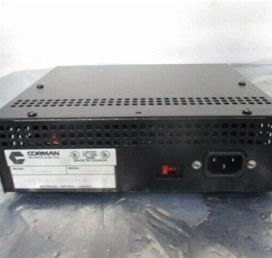
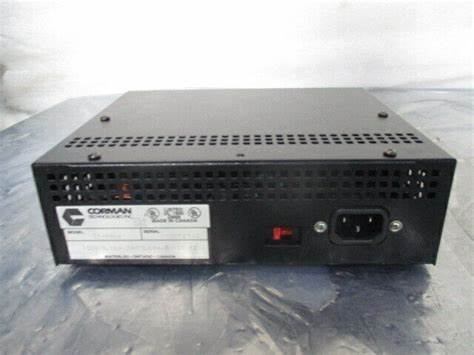
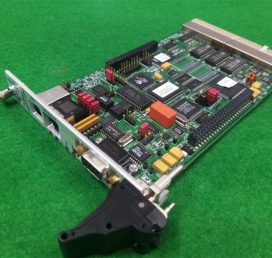
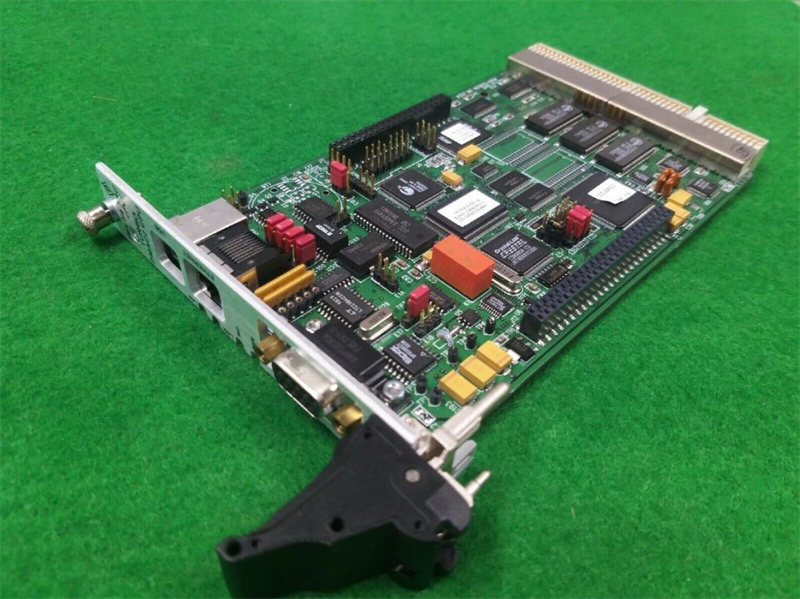
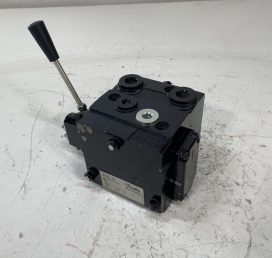
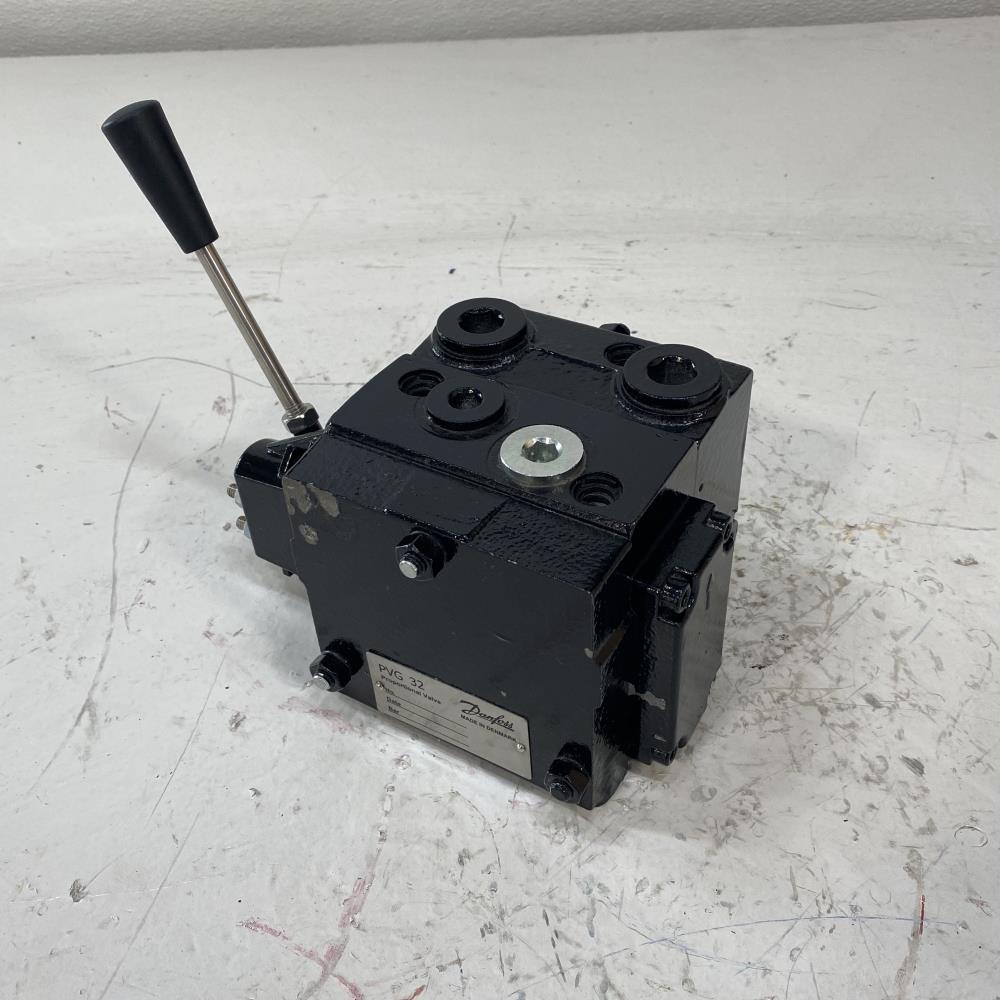
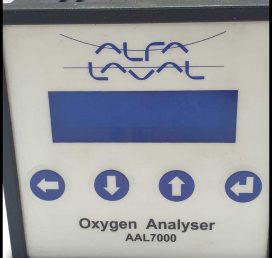
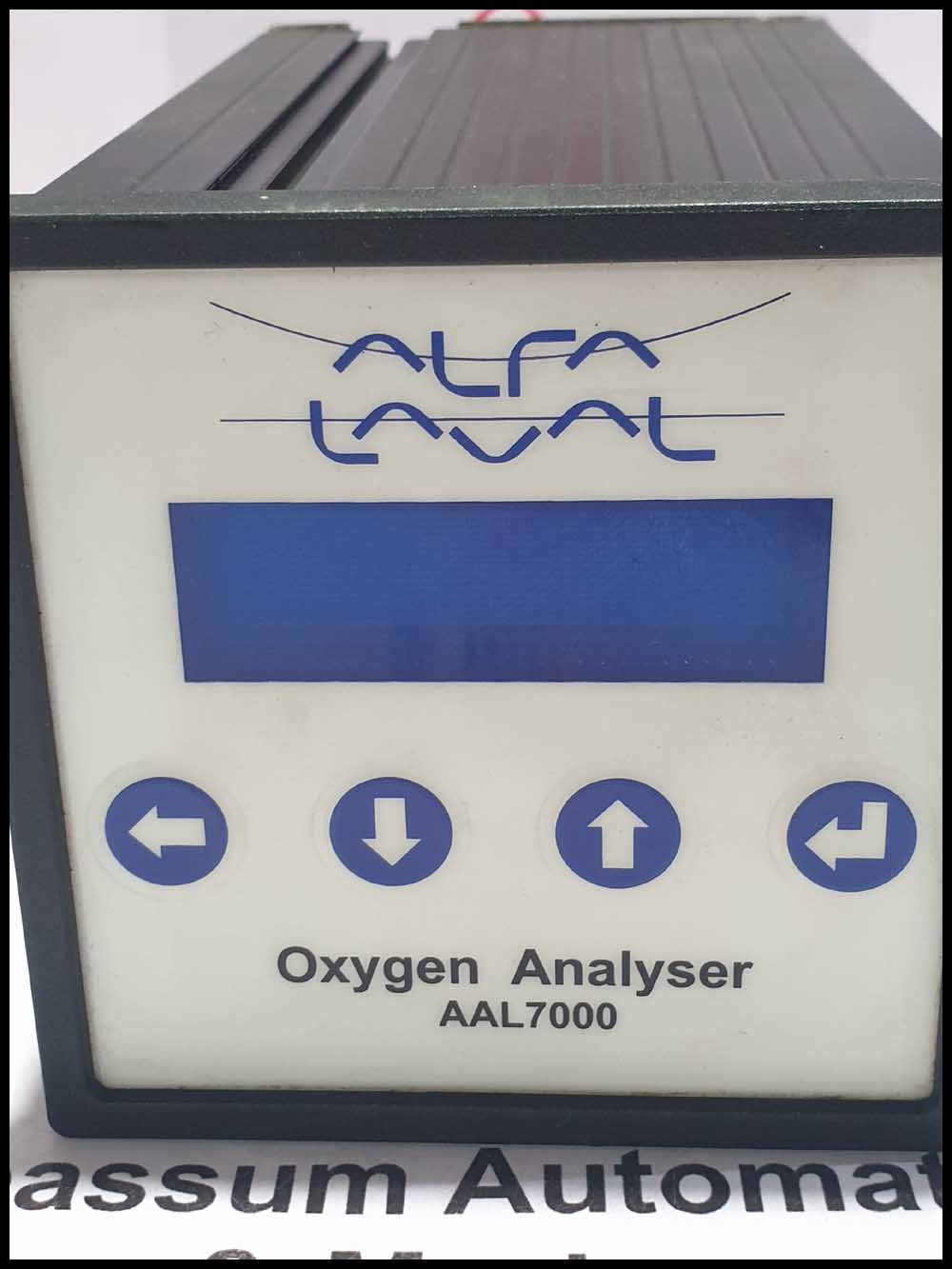
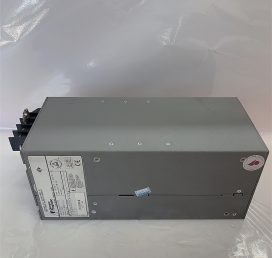
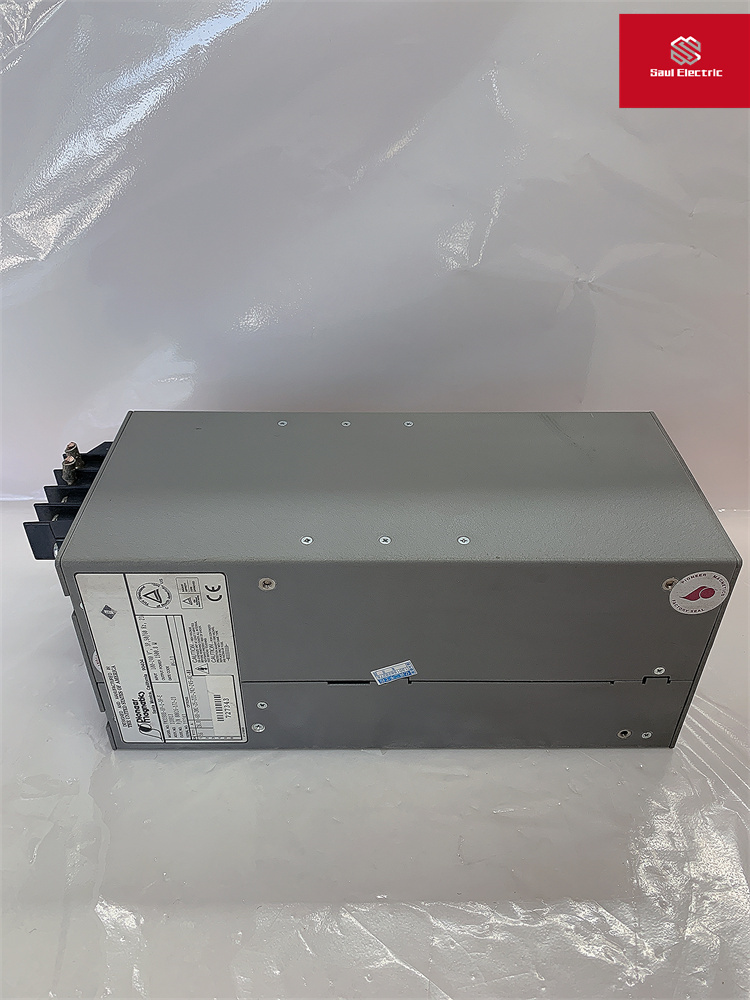
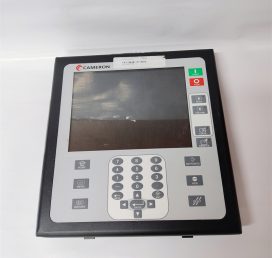
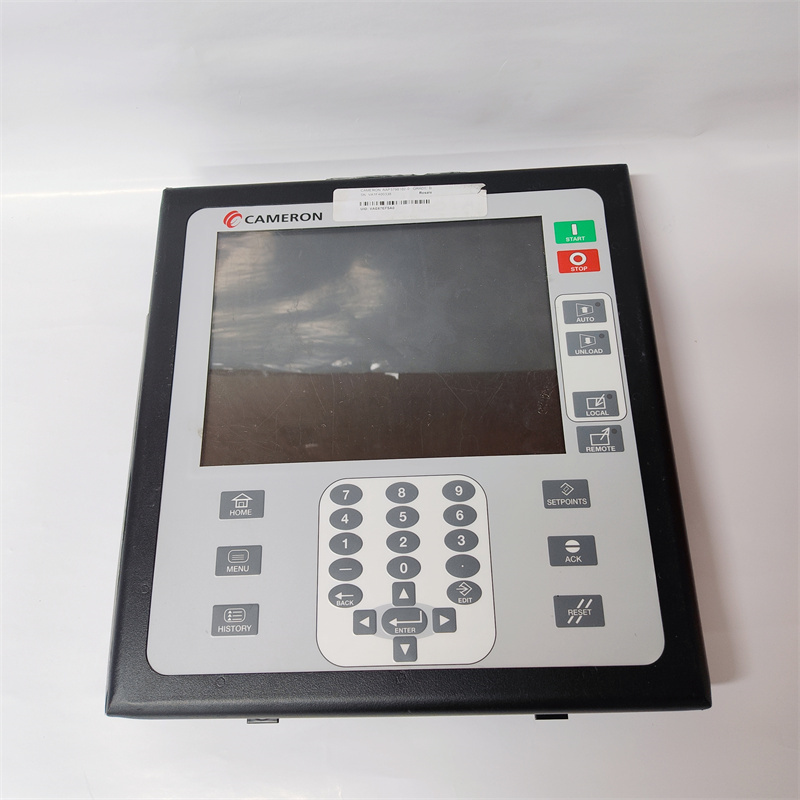
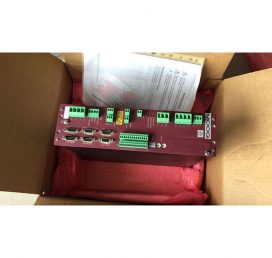
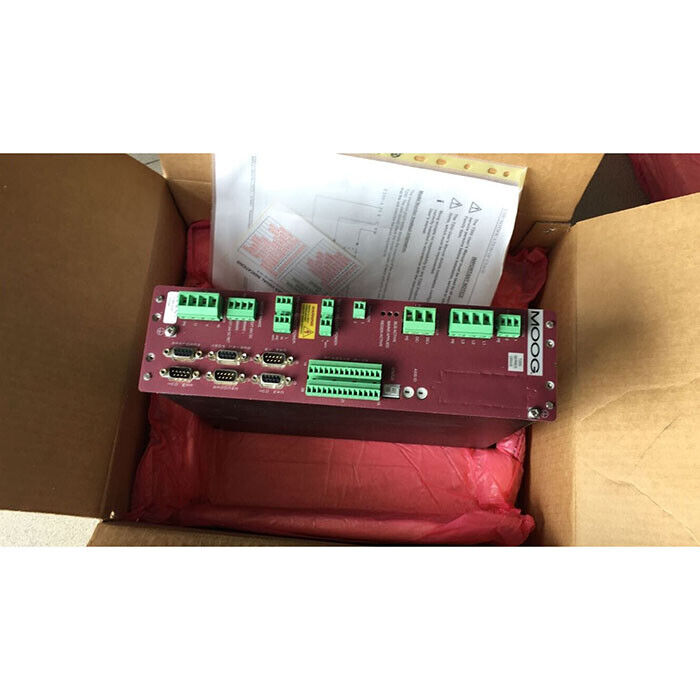
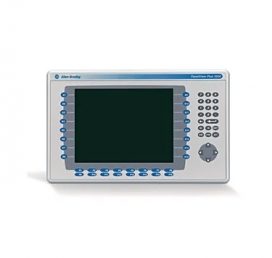
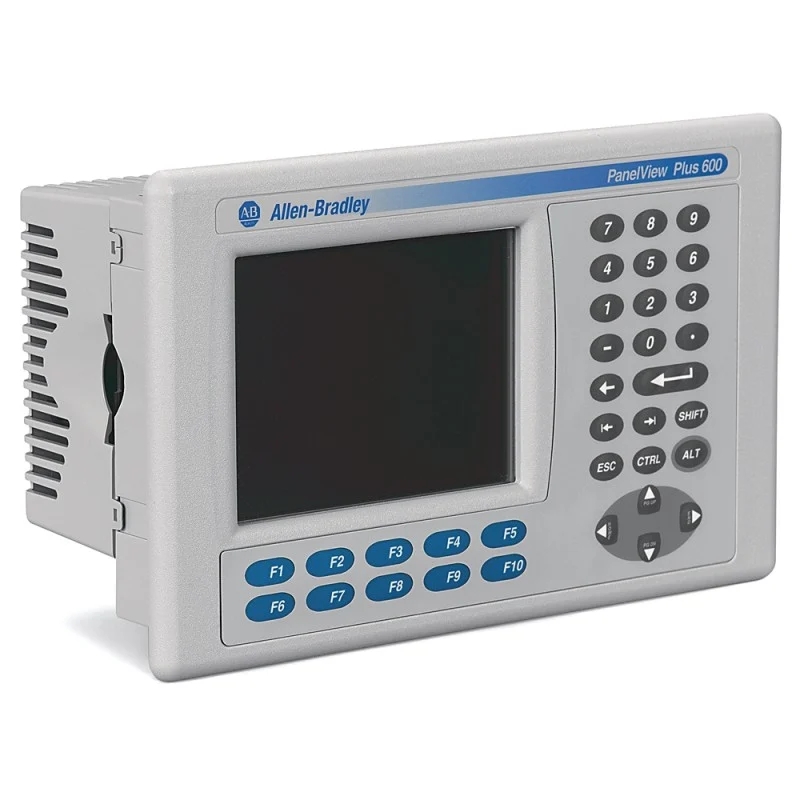
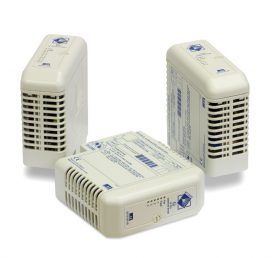
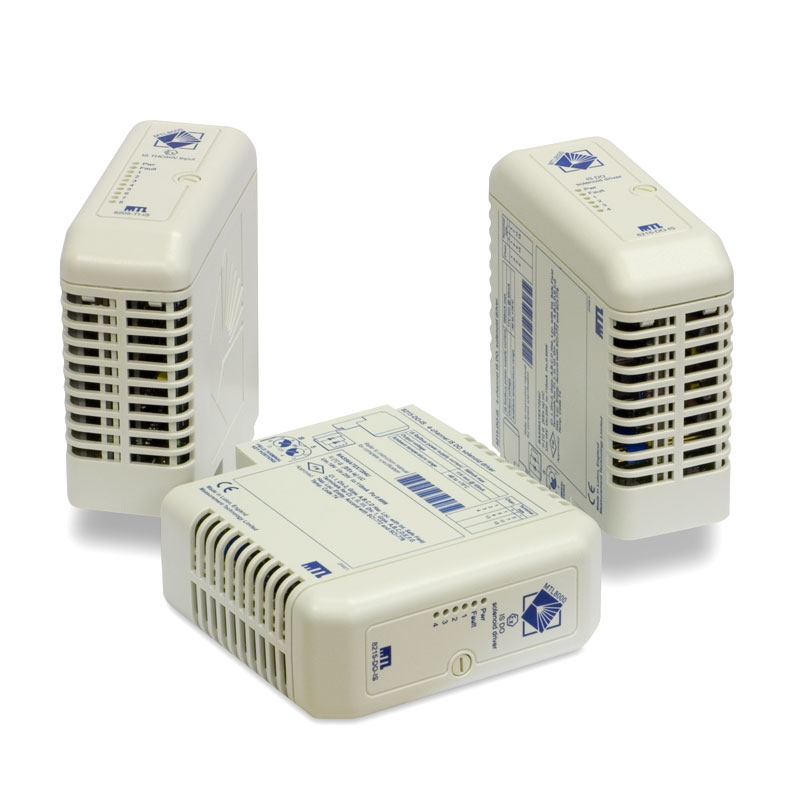
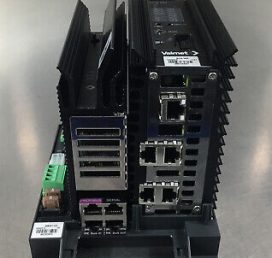
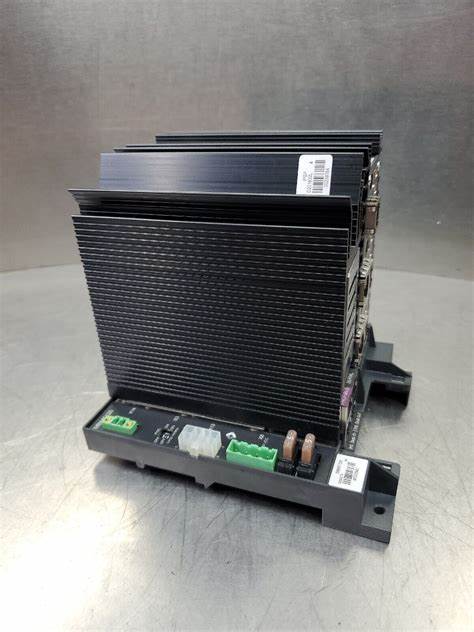
Reviews
There are no reviews yet.